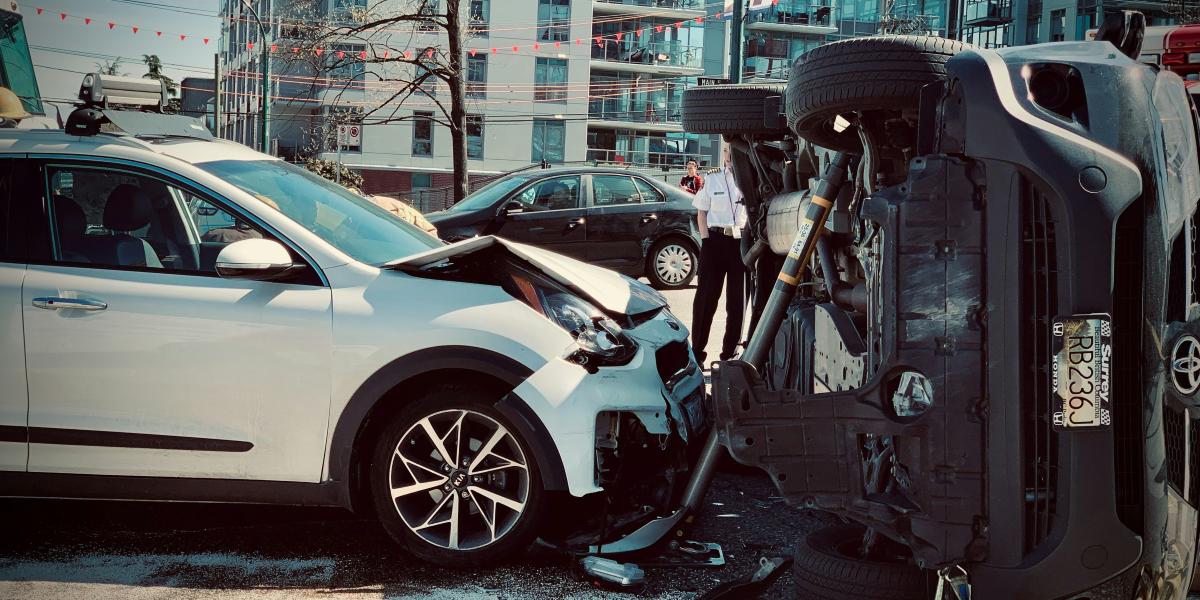By: Kattie Muniz
According to data from the Pew Research Center, the number of students aged 3-21 receiving special education services in the US was over 7.1 million as of 2020-21 — about 14 percent of total public school enrollment. For millions of families navigating the world of special education, disagreements can sometimes arise about the nature or extent of a child’s needs and which services are most appropriate.
This is where the option of an Independent Educational Evaluation (IEE) can become invaluable. “An IEE serves as a means to obtain a second opinion on a child’s needs and abilities from an independent evaluator outside the school district,” explains Dr. Ray Christner, a licensed psychologist specializing in clinical and school psychology.
Unlike evaluations conducted by a school district’s staff, an IEE allows parents to seek an impartial assessment by a private professional of their choosing. This can confirm a child’s educational diagnosis and programming or potentially uncover areas that were missed or underidentified in the original school testing.
Navigating the IEE process
Several circumstances may prompt parents to seek an IEE. The most common is disagreeing with the results or findings of the school district’s evaluation of their child.
“Parents have a legal right under the IDEA Act to request an IEE at public expense if they dispute the school’s assessment,” Dr. Christner explains. “This often arises from a belief that the evaluation failed to accurately identify their child’s disabilities or special needs.”
Other reasons include suspecting that the school evaluation misdiagnosed a disability altogether or feeling that the testing wasn’t comprehensive enough in certain areas like behavior, social skills, cognitive abilities, or academic achievement. “If parents feel the school disregarded important factors or their child’s evaluation didn’t tell the full story, an IEE allows them to seek that more holistic, independent perspective,” Dr. Christner notes.
To pursue an IEE, parents must submit an official written request to their school district specifying their reasons for the IEE. While specific documentation isn’t necessarily required upfront, Dr. Christner advises parents to clearly communicate their concerns and any examples substantiating the need for further testing.
From there, the district is required to provide a list of qualified evaluators who meet the same criteria as school personnel conducting assessments. “The evaluator must be an appropriately certified professional with expertise assessing the suspected disability area,” Dr. Christner notes, “and the testing itself has to meet the same standards as a school evaluation in terms of protocols and location.”
Parents can choose an evaluator from the provided list or select their own independent professional meeting credentials — though the school district must approve that evaluator first. The IEE process safeguards the rights of both families and schools to ensure a fair, lawful independent assessment takes place.
Using IEE results effectively
Once the independent evaluation is completed, parents and the school will receive a comprehensive report detailing the evaluator’s assessment findings and diagnostic impressions. This report can become a powerful tool for advocating for their child’s needs and appropriate services within the school setting.
“The IEE findings give parents concrete evidence and recommendations to bring to IEP meetings as they collaborate with the school on appropriate educational programming,” states Dr. Christner. “The evaluator’s expert perspective holds significant weight.”
Dr. Christner advises parents to thoroughly review the report and pay close attention to the evaluator’s specific recommendations for support, accommodations, classroom modifications, therapies, and teaching strategies that could benefit their child. “Don’t just look at the diagnostic label, but the full scope of findings on your child’s functioning across domains like cognition, academics, behavior, and social skills,” he says.
Parents should request a meeting with the IEP team or 504 committee to discuss incorporating the IEE’s recommendations into their child’s formal education plan. “Be prepared to underscore areas where the independent findings differ from the school’s original evaluation,” Dr. Christner says. “The IEE provides new data to consider.”
Under the IDEA act, the school must consider the IEE results, though they maintain the right to ultimately disagree. However, the findings make it difficult for them to outright disregard diagnostic or service recommendations without strong justification.
“The IEE serves as powerful leverage for parents advocating for services they feel their child requires and is entitled to under the law,” explains Dr. Christner. “When conducted by a competent, reputable professional, its results elevate the family’s position substantially.”
Resolving discrepancies with the school
While the goal of obtaining an IEE is to facilitate a collaborative understanding of a child’s educational needs, there are instances where disagreements persist even after the independent evaluation.
“If the IEE contradicts the school district’s evaluation findings in major ways, there should be a meeting to thoroughly discuss and attempt to reconcile the differing results,” Dr. Christner advises. “Both sides should have an open dialogue about the reasons for the discrepancies.”
In some cases, after reviewing the IEE report and data, the school may ultimately agree with the independent evaluator’s recommendations and revise the student’s IEP or 504 plan accordingly. Still, schools can disagree if they feel the IEE findings are inaccurate or unfounded.
“If a resolution can’t be reached through discussing the conflicting evaluations, there are due process rights afforded to parents,” Dr. Christner explains. Dispute resolution options include mediation sessions with a third-party mediator or proceeding to a formal due process hearing before an impartial hearing officer.
“While these additional steps can be daunting for families, having undergone a comprehensive IEE helps strengthen their position and advocacy efforts,” Dr. Christner notes. Parents may need to involve a special education lawyer or advocate to navigate mediation or due process proceedings successfully.
Benefits and limitations
For many parents, the most significant benefit of an Independent Educational Evaluation is the peace of mind and clarity it can provide about their child’s needs. “An IEE offers an objective second opinion from a highly qualified professional outside the school system,” Dr. Christner says. “This independent perspective can either validate original findings or potentially uncover new areas the first evaluation missed.”
IEEs also arm parents with expert-backed data to advocate for appropriate services and support. “The evaluator’s report serves as documentation supporting the child’s need for an IEP, different classroom accommodations, therapies, specialized instruction methods, and so on,” Dr. Christner explains.
However, IEEs also come with some potential limitations, including the possibility that the school may disagree with the IEE results despite the evaluator’s credentials and assessment methods. There are also geographic disparities in accessing high-quality, affordable IEE providers in some regions, and the evaluation process itself can be time-consuming and stressful for children.
“Ultimately, for many families, the benefits of clarifying a child’s needs through an independent lens outweigh potential drawbacks,” Dr. Christner states. “But it requires perseverance in working collaboratively with schools while advocating firmly for the IEE’s recommendations to be implemented.”
Advice for parents
For parents considering an IEE, the first step is ensuring they understand their rights under the IDEA Act and applicable state laws. Familiarity with the proper procedures for requesting an IEE and the allowable reasons for citing disagreement with a school’s evaluation is crucial.
If proceeding with an IEE, parents must be diligent in selecting a highly qualified, reputable independent evaluator specializing in the child’s suspected disability or needs. Checking the evaluator’s credentials, experience, and assessment practices to ensure alignment with accepted standards is advisable.
Ultimately, an IEE should be approached as a means to gain clarity and facilitate collaboration with the school rather than confrontation. “Use the evaluation as a tool for strengthening the partnership with your child’s educational team,” Dr. Christner advises. “The goal should be finding common ground in understanding your child’s profile and working together on evidence-based interventions.”
With perseverance and an effective advocacy strategy utilizing the IEE findings, the evaluation can prove transformative for a student’s academic experience and life. An IEE provides parents with powerful data to ensure their child receives the appropriate services, accommodations, and instructional approaches to make meaningful progress.
Published by: Holy Minoza






